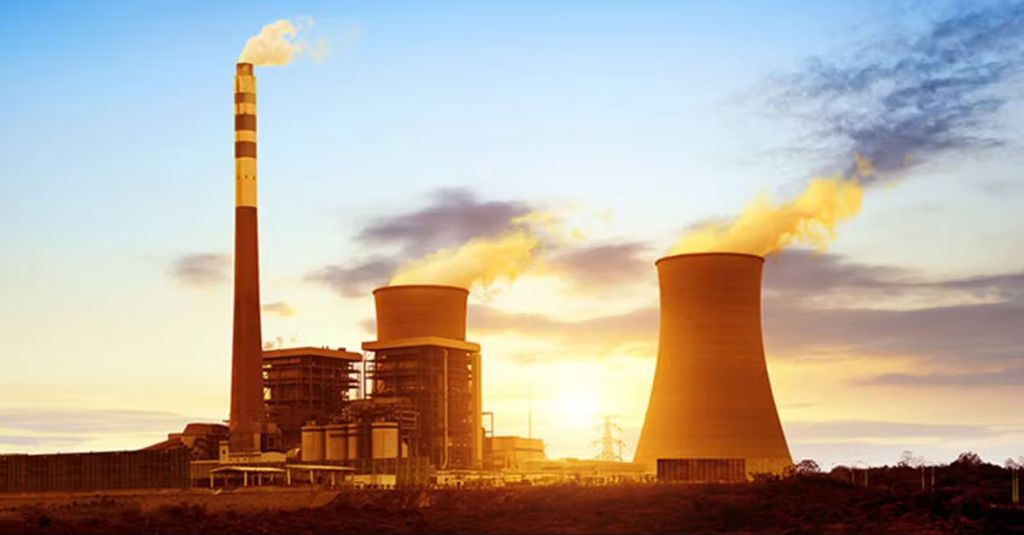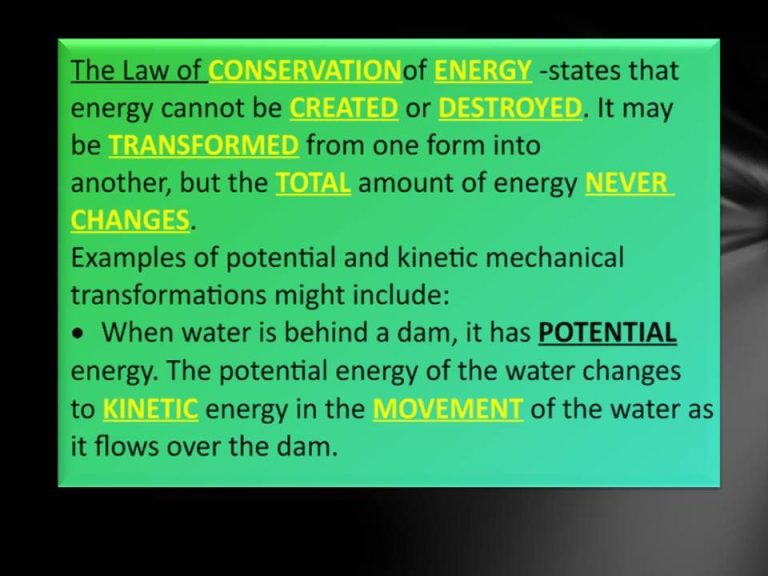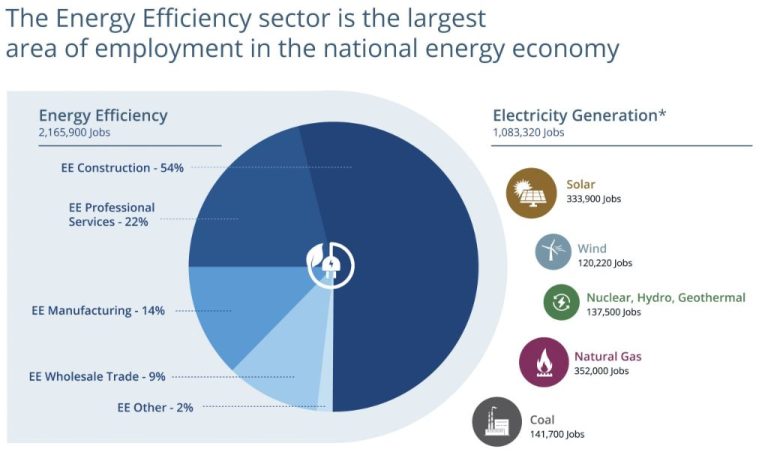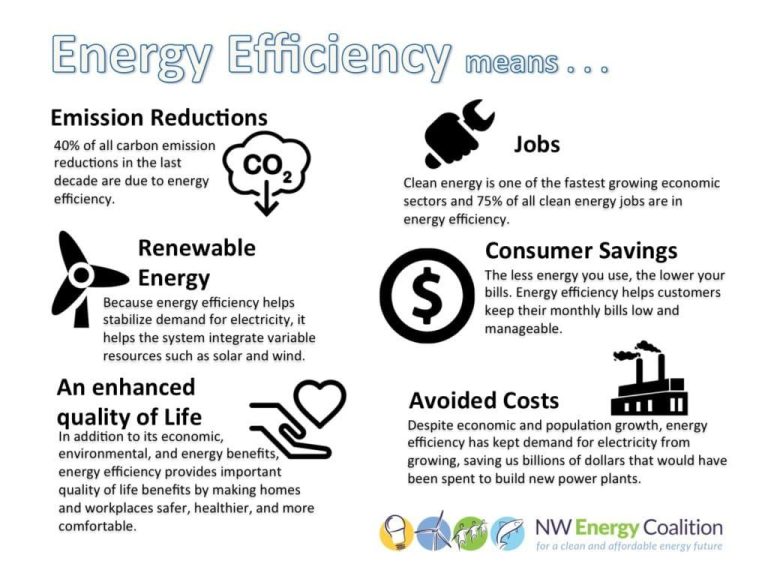Is Nuclear Power From Uranium Renewable?
Introducing the Topic

Nuclear power is energy generated from nuclear fission, which is the process of splitting uranium atoms in a controlled chain reaction to produce heat and boil water into steam that drives turbines to generate electricity. Uranium is a naturally occurring radioactive element that is mined from the earth’s crust. Once mined, uranium is enriched and fabricated into fuel rods for nuclear reactors.
There is an ongoing debate about whether nuclear power should be considered a renewable energy source. Arguments for nuclear power being renewable focus on the availability of uranium supplies that could potentially last thousands of years. Uranium can be reused as fuel through reprocessing, and new reactor technologies like breeder reactors can extend uranium supplies by generating more fissile fuel than they consume. Proponents argue nuclear is reliable, does not release greenhouse gases, and can supplement intermittent renewable sources like solar and wind.
Arguments against nuclear being renewable point out that uranium is a finite natural resource that must be mined. The supply of easily accessible high-grade uranium ore is limited geologically. Nuclear also produces radioactive waste, which must be safely stored for thousands of years. Additionally, the upfront greenhouse gas emissions from construction and fuel processing can be significant. Critics argue that nuclear power is best treated as a transitional energy source until truly renewable options like solar and wind are scaled up.
This debate informs whether nuclear should be prioritized for investment and included in definitions of renewable energy at the policy level. Understanding the arguments on both sides is important for making informed decisions about our energy future.
Uranium Supply
The world’s total identified uranium resources are estimated at around 5.7 million tons, according to the World Nuclear Association (Supply of Uranium.) The largest reserves are found in Australia, Kazakhstan, and Canada. As of 2015, 646,900 tonnes of uranium reserves were recoverable at US$40 per kilogram, while 7,641,600 tonnes were recoverable at $260 per kilogram according to Wikipedia (List of countries by uranium reserves). Global uranium demand is around 65,000 tons per year, meaning known recoverable reserves with current technology could last over 100 years.
However, only a fraction of total uranium reserves is economically viable to extract with current mining costs. As uranium prices rise in the future, more reserves may become economical to mine. Additionally, exploration continues to identify new uranium deposits. With reprocessing and fast breeder reactors, uranium supplies could be extended dramatically. Overall current projections estimate uranium supplies are sufficient for the century based on existing technology, but continued innovation and discovery of new reserves will be needed to maintain nuclear power beyond that.
Prospecting for New Sources
There is potential for discovering significant new uranium reserves, but it will require substantial investment in exploration. According to a recent report, global uranium exploration expenditures increased over 60% in 2021 to around $300 million, indicating renewed interest in finding new sources of supply (ANS). However, exploration budgets remain well below the $1.2 billion peak seen before the 2011 Fukushima disaster.
One promising area is Wyoming’s Great Divide Basin, where uranium explorer Nuclear Fuels Corporation recently reported a major new discovery at their JAB project. They believe it could be one of the largest uranium deposits found in the U.S. in decades, with over 50 million pounds of indicated resources so far (Crux Investor). However, extracting uranium from lower grade deposits can be more challenging and costly.
There has also been interest in extracting uranium from seawater, which contains over 1000 times more uranium than terrestrial ores. But the extremely low concentrations make this currently uneconomical. Major technical advances would be required to improve extraction efficiency and reduce costs (ANS). While seawater uranium has potential for the future, its viability as a large-scale source remains uncertain.
Breeder Reactor Technology
Breeder reactors can theoretically extend uranium supplies by producing more fissile fuel than they consume. As explained on Wikipedia, “A breeder reactor is a nuclear reactor that generates more fissile material than it consumes. These reactors can be fueled with more-commonly available and less expensive uranium-238, which generates plutonium-239 as a byproduct that can then be used as fuel” (https://en.wikipedia.org/wiki/Breeder_reactor).
However, breeder reactor technology faces challenges. As the Stanford paper notes, “development problems remain to be solved” with breeder reactors, and “it seems unlikely that a large-scale nuclear power economy can be based on breeder reactors within the next 20 to 30 years” (Cohen, 1983).
Additionally, breeder reactors produce weapons-grade plutonium, raising proliferation concerns. And like all nuclear reactors, breeder reactors carry risks of accidents and radioactive releases. More research and development is needed before breeder reactors can become a mainstream, sustainable energy solution.
Reprocessing Spent Fuel
Reprocessing can separate uranium and plutonium from spent nuclear fuel for reuse. When the fuel rods in a nuclear reactor are exhausted, they still contain uranium-235 and plutonium that could be extracted through reprocessing. According to the World Nuclear Association, reprocessing “has been underway on a large scale since the 1940s”, and this spent fuel processing can recover up to 97% of the usable uranium and plutonium (World Nuclear Association).
However, reprocessing spent fuel is costly. The plants require advanced technology and facilities to handle highly radioactive materials safely. Storing the remaining radioactive waste also poses challenges. Some countries like the US have not adopted reprocessing, while others like France, Russia and Japan use it more widely (NRC). Overall, reprocessing can stretch existing uranium supplies, but needs to be weighed against financial and environmental considerations.
Availability Timeline
Current projections estimate that global conventional resources of uranium supply will be adequate for this century. According to the World Nuclear Association, uranium supplies from mining and exploration increased by over 25% in the past decade, indicating robust growth and momentum in the industry [1]. Known conventional resources are estimated to last for over 100 years at current demand. Even under high demand scenarios, supplies are projected to last more than 40 years [2].
There are also substantial nonconventional uranium resources, such as uranium extracted from seawater, which could provide a 60,000 year supply at current usage rates [3]. While currently more expensive than conventional mining, technology advances may make seawater extraction more affordable in the future if needed.
Given the abundance of global uranium resources that are projected to last for centuries, even under high demand, uranium availability is not expected to be a limiting factor for nuclear power generation over the next 100 years. This suggests nuclear can be considered a renewable energy source over the practical lifetime of existing reactors.
Waste and Environmental Impact
Nuclear power plants produce radioactive waste as a byproduct of generating electricity. This waste comes in the form of spent nuclear fuel rods, which are thermally hot and highly radioactive when first removed from the reactor. The spent fuel contains uranium, plutonium, and other radioactive isotopes that can remain dangerous for thousands of years [1].
Most nuclear waste is stored on-site at plants in specially designed pools that cool the fuel rods. After several years, the spent fuel is transferred to dry cask storage, where it sits inert for decades while the radioactivity decreases. The long-term plan is deep geologic disposal in underground repositories, but political challenges have delayed this solution in most countries [2].
While nuclear waste does pose storage challenges, its total volume is relatively small compared to other power sources. The entire U.S. nuclear industry generates around 2,000 – 2,500 tons of spent fuel per year, compared to over 125 million tons of hazardous fly ash waste from coal plants [3]. Uranium mining does create environmental impacts locally, but the mining footprint per unit of energy generated is lower for nuclear versus coal or natural gas.
Costs
The economics of nuclear power include both the costs of electricity generation and the overall life cycle costs of building, operating, and decommissioning a nuclear power plant. The IEA projects that the levelized cost of electricity (LCOE) from nuclear power will range from $84-189 per MWh in 2020 [1]. This is competitive with the projected LCOE of fossil fuel power plants without carbon capture and storage, which range from $50-117 per MWh. However, these projections do not account for system costs or integration challenges with intermittent renewables.
The LCOE of renewable energy sources like solar PV and onshore wind are projected to be even lower, at $30-60 per MWh in 2020 [1]. However, nuclear advocates argue that integrating high levels of renewables requires complementary baseload generation, for which nuclear is well suited. They also note that nuclear has very low operating costs compared to renewables, though high upfront capital costs.
New nuclear reactor designs aim to reduce capital costs through modular construction and other innovations. Combined with longer operating lifetimes, this could significantly lower nuclear LCOE in the long term. However, renewables are also seeing rapid cost declines from technological learning. Ultimately, a diverse mix of generation sources is likely needed for a reliable and affordable low-carbon electricity system.
Policy Perspectives
Nuclear power has been a contentious topic in energy policy debates. Governments play a major role through regulations, incentives, and funding of nuclear research and development. In the United States, nuclear energy is regulated by agencies like the Nuclear Regulatory Commission, and past government policies like the Atomic Energy Act have promoted the growth of nuclear power plants. According to USA government is heavily involved in US nuclear energy through safety and environmental regulations, R&D funding, and setting United States energy goals. However, many still debate the right level of government support and regulation. Some argue that nuclear power needs government subsidies and favorable policies to grow, while others contend that nuclear energy should compete on an open market.
Environmental groups are also divided. Some see nuclear as a key carbon-free energy source to address climate change, but others emphasize the problems of radioactive waste disposal and nuclear accidents. According to Federal and state policy kept America’s nuclear power plants online to preserve clean energy supplies and prevent emissions increases, showing how policy debates influence the future of nuclear power. There are reasonable arguments on multiple sides of this issue, but energy policy will continue shaping the role of nuclear energy going forward.
Conclusion
The question of whether nuclear power derived from uranium can be considered renewable is complex, with reasonable arguments on both sides. On one hand, uranium is a finite resource and, based on currently identified reserves, can only supply enough fuel for at most the next 200 years – hardly a “renewable” timescale. However, prospecting continues to find new uranium deposits, and new reactor technologies like breeder reactors can extend uranium supplies far into the future. Reprocessing spent fuel can also recover unused uranium and plutonium for reuse. So while not renewable in a literal sense, with diligent stewardship and technological development, nuclear power from uranium can supply large amounts of energy for many generations. Ultimately, whether nuclear is deemed “renewable” comes down to semantics around what exact timespan satisfies the definition of renewable. From a practical perspective, uranium supplies are sufficient to support nuclear power continuing to play a major role in the global energy mix this century if coupled with greater efficiency and reduced overall energy demand. So while not limitless, with prudent management uranium can likely supply humanity’s needs for the foreseeable future.







